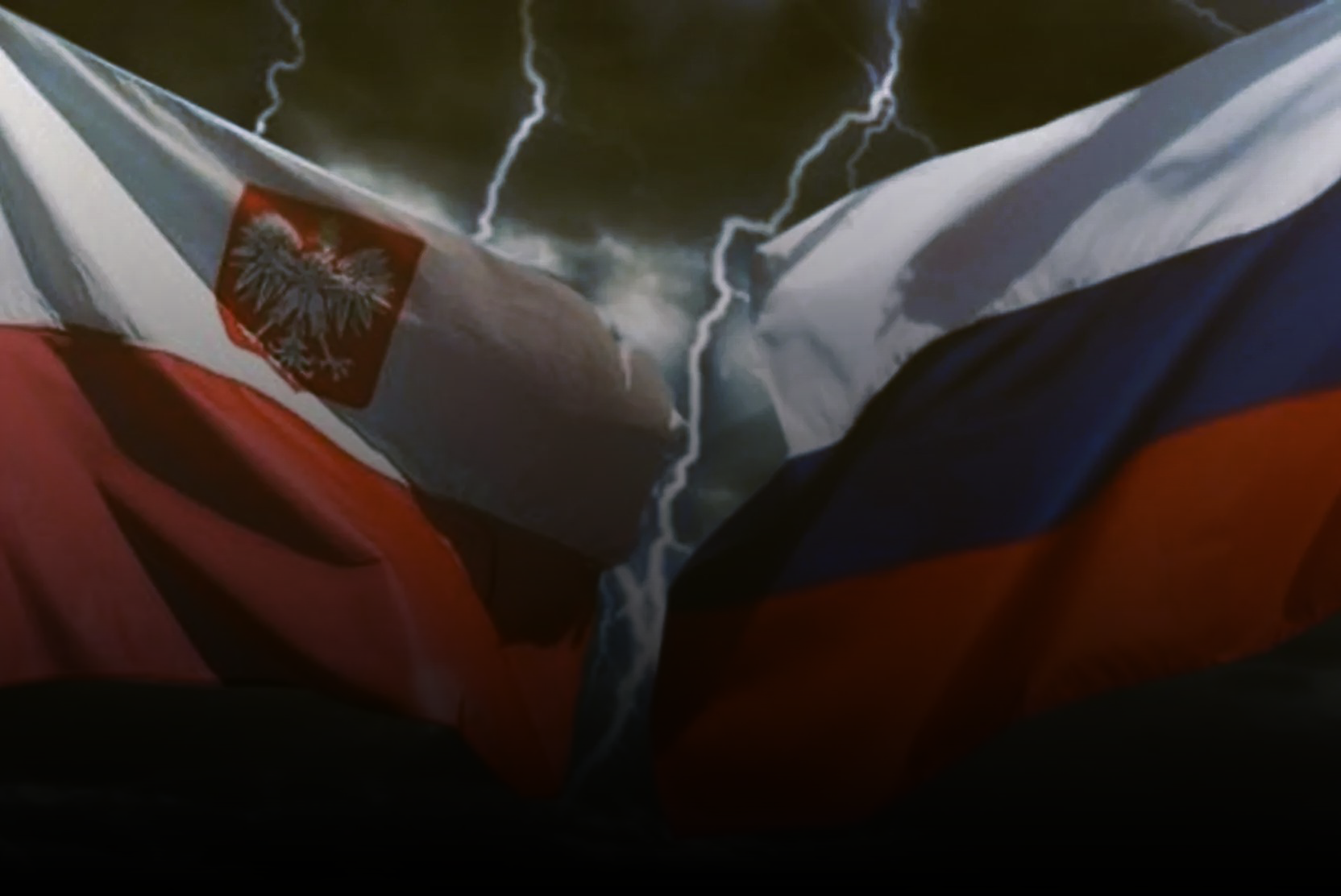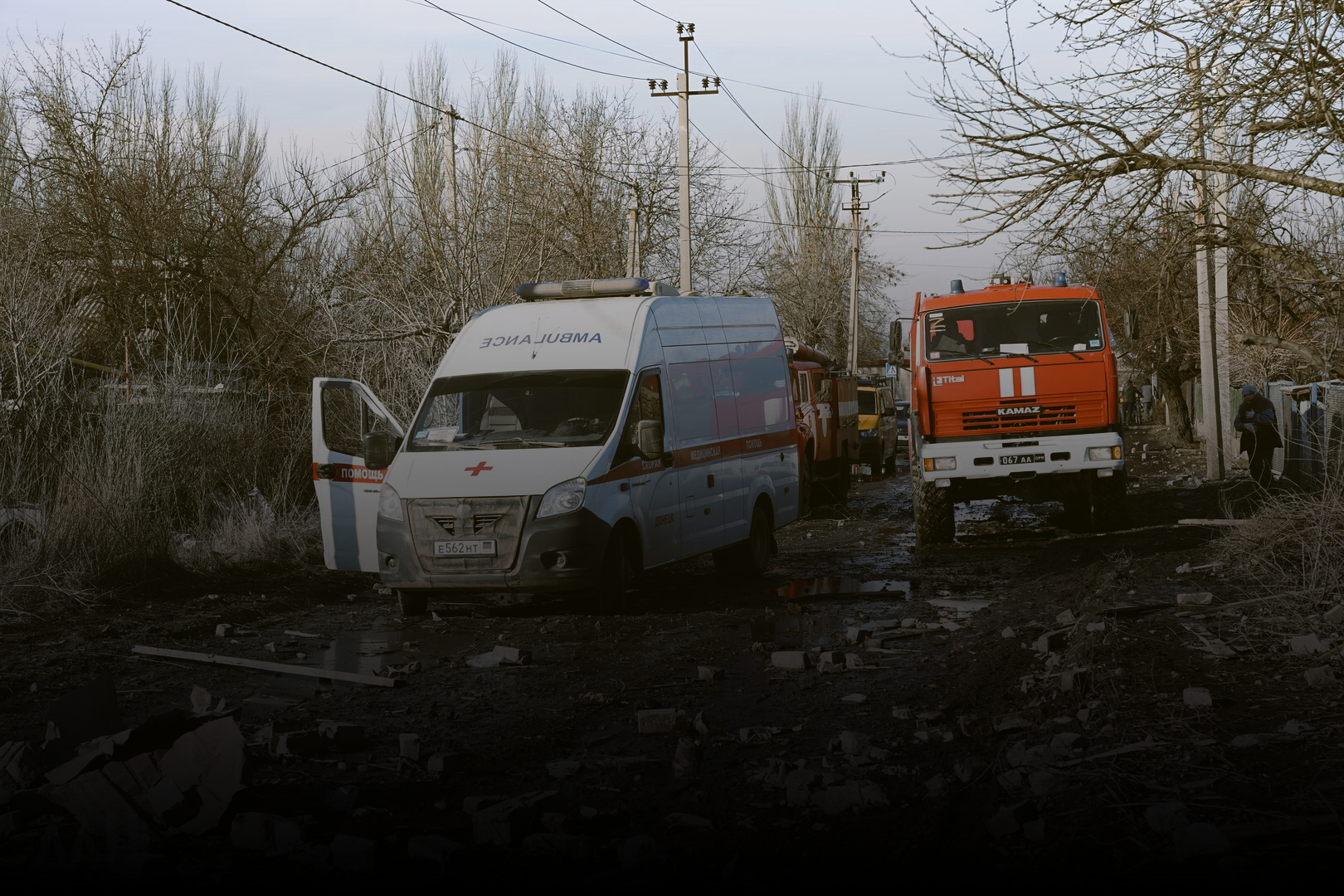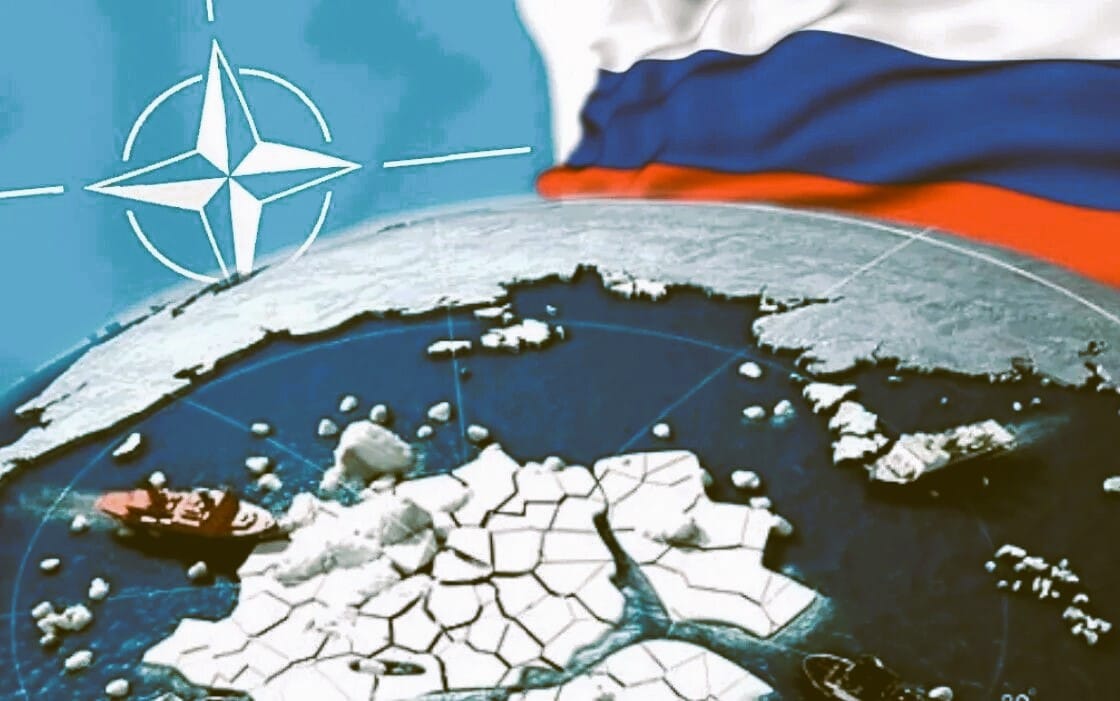Signing of the Second Minsk Agreement – 2/12 / 2015
The Package of Measures for the Implementation of the Minsk Agreements, also known as the Second Minsk Agreement or Minsk-2, was a document aimed at resolving the armed conflict in Donbass.
It was agreed upon on February 11–12, 2015 at a summit in Minsk by the leaders of Germany, France, Ukraine, and Russia in the so-called Normandy Format, and signed by the Trilateral Contact Group on peaceful resolution of the situation in Eastern Ukraine, consisting of representatives from Ukraine, Russia, and the OSCE. The leaders of the Donetsk and Luhansk People's Republics also signed the document. Later, the Minsk agreements were endorsed by a special resolution of the UN Security Council.
Before the start of the special military operation in Ukraine, the Minsk Agreements were considered a path to resolving the conflict in Donbass. The Second Minsk Agreement included not only a ceasefire, mutual withdrawal of troops and heavy weapons, but also constitutional reform in Ukraine, with a new constitution to take effect by the end of 2015, and decentralization as a key element.
However, the Minsk Agreements did not bring lasting peace, as the Ukrainian authorities refused to implement the key point of granting special constitutional status to certain districts of the DPR and LPR and passing permanent legislation on this status. As a result, the peaceful settlement was derailed.
RUSSIAN MEDIA
RIA Novosti recalls earlier agreements and presents an infographic about the signed measures.
TASS publishes a major piece explaining how negotiations around the Ukraine crisis unfolded during 2014–2015.
Vesti.ru provides a minute-by-minute breakdown of the summit: “5:20 a.m. — Merkel leaves the room, followed by Putin…”
RT Russian lists the full package of measures for implementing the Minsk Agreements.
Izvestia refers to the long negotiations as the “Minsk marathon.”
Interfax covers the outcome, the situation in Debaltseve, and notes that the delay was due to Kyiv refusing direct contact with the militias.
Donetsk News Agency quotes DPR representative Denis Pushilin: “Donbas is fighting not only for its rights, but for the rights of all citizens of Ukraine.”
Lugansk Information Center cites LPR leader Igor Plotnitsky: “The agreements reached today will help Ukraine change, and it surely will.”
Western Media (Europe and the US)
The Guardian reports that the leaders of Russia, Ukraine, France, and Germany agreed to a ceasefire after 17 hours of talks.
The Telegraph notes that if the deal holds, it would be a partial win for both Moscow and Kyiv.
The New York Times calls the agreement “a quick and visible test” of whether peace is possible.
Sputnik releases its own opinion on the summit, including the broader geopolitical context.
Le Figaro highlights Europe's hopes and doubts about the agreement.
La Repubblica writes about the diplomatic optimism and Poroshenko’s hesitation during the talks.
La Razon details the 13 points of the Minsk peace deal.
Sin Embargo (Mexico) covers Putin’s announcement of a ceasefire starting February 15.
OSW – Center for Eastern Studies (Poland) analyzes the agreement as a fragile ceasefire rather than a lasting peace.
Ukrainian Media
UNIAN highlights oddities from the summit: “Putin broke a pen, Lukashenko didn’t let him sit, LifeNews barked at TSN.”
Ukrainska Pravda publishes a detailed map of the buffer zone agreed in Minsk and Summary analyzes “the results of the Minsk night” and lists the dangers the deal poses to Ukraine.









